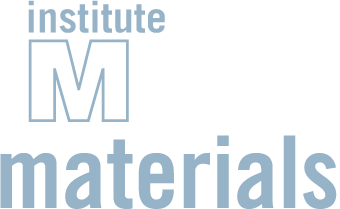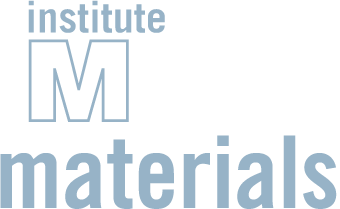The Center for Nanoscale Materials at Argonne National Laboratory (USA) has approved one new research project of the Mechanics of Materials research group. The Center for Nanoscale Materials will provide 1 million hours of supercomputer CPU time to perform atomistic simulations of heterogeneous precipitate nucleation for optimum design of light alloys for green transportation. This project is the continuation of the project ATOM DESIGN on the same topic supported by the Center for Nanoscale Materials during 2017-2020.
The proposed research will demonstrate the capabilities of parallelized Monte Carlo simulations carried out within a variance-constrained semi-grand-canonical (VC-SGC) ensemble to study the nucleation of precipitates on defects (such as dislocations or grain boundaries) in complex metallurgical systems like the Al-Cu, which presents several different metastable phases. The input information for the simulations are the angular dependent interatomic potential (ADP) for the Al–Cu system developed by Apostol and Mishin and an initial atomic configuration. This ADP potential provides an accurate prediction of the formation free energies of the different metastable phases in the Al-rich part of the Al-Cu phase diagram.
The methodology developed in this investigation is quite general and can be applied to simulate precipitate nucleation as well as segregation of second-phases in defects for any alloy from an appropriate interatomic potential




